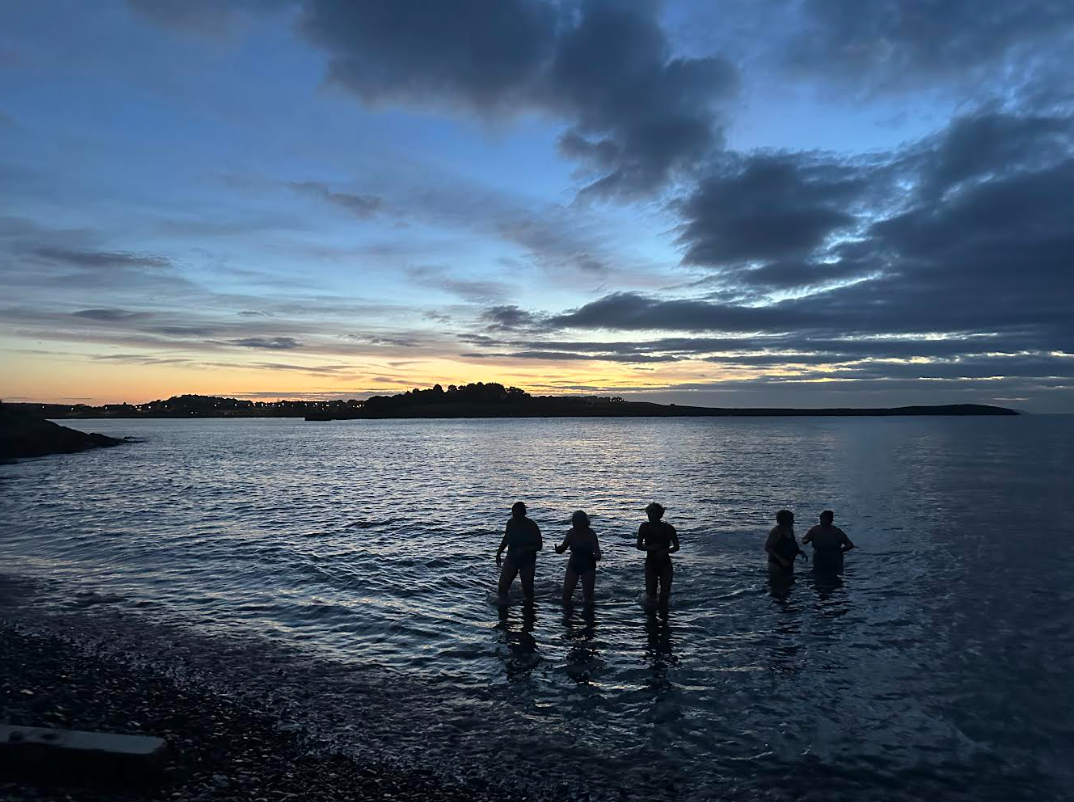words by: Abi Edwards
The 1980s has been remembered for its iconic fashion evolution, such as Princess Diana’s wedding dress, Katharine Hamnett t-shirts and acid wash jeans. It is also famous for the innovative musical styles and subcultures which emerged at the start of the decade. David Bowie and Prince were both the epitome of innovation within pop music culture, being known for their unique fashion styles and individuality which influenced many subsequent artists. Here are some of their iconic looks which show why they are known as the male style icons of the 1980s.
David Bowie
The New Romantic Era emerged at the beginning of the decade, which experimented with androgynous, charismatic styles. Bowie was a major influence within this new chapter in pop culture, as dark eye makeup, extravagant costumes and glamorous, theatrical accessories had been sported by Bowie in the 1970s. According to Vogue, Bowie changed his style more dramatically than any other musician in history. He was known for his eccentricity thorough dramatic costumes, leotards, flares and the iconic red and blue lightning bolt across his face. He dialed down his outfits slightly in the 1980s, however big hair and dramatic makeup still made appearances.
1980 ÔÇô Ashes to Ashes
This was arguably one of Bowie’s iconic, outrageous outfits of the 1980s, which complimented the eccentricity of the Ashes to Ashes video and the Scary Monsters album. Bowie’s Pierrot (“blue clown”) costume is a perfect example of both 1980s innovation and Bowie’s unconventional style. The eccentric makeup look makes him look like a theatrical character, highlighting how visual representation was an important aspect of the era.
1985 ÔÇô Live Aid
People didn’t expect anything less from Bowie when he strolled onto the stage at the most famous charitable concert in history. Although less eccentric than his previous outfits, he still brought his personality to the stage. In the 1970s, he would have paired this with vivid shades of eyeshadow and bright orange hair, however this classy suit suggests that he was complying with the trends at the time. Many New Wave artists wore suits like these to achieve a “gentleman” persona.
In true Bowie-style, he dressed to impress in the popular 1986 film Labyrinth as the Goblin King Jareth. The big hair screams 1980s, and the sequins and lace ruffles are both features of the New Romantic era. Bowie wore a unique makeup look of pointy white and black eyeshadow and eyeliner to complete the outfit, which emphasised the obscurity of the character.
Prince
Prince was responsible for some of the more daring and flamboyant outfits of the decade. His style was quite simple at the beginning of the decade; however the release of his album Purple Rain elevated his mysterious, bizarre finesse. His outfits typically consisted of military jackets, lace, sequins, glitter and gloves, which were key features of the New Romantic era. Later on in the decade, he experimented with different patterns and crop tops. Prince dressed feminine; however he was the epitome of masculinity and was known for being both a sex symbol and a fashion icon.
1984 ÔÇô Purple Rain era
Along with his most famous album came his most iconic outfit. Prince was nicknamed the “Purple One” because of his numerous purple outfits, and he soon became associated with the colour especially when Purple Rain was released. His purple military jacket, lace collar and ruffles added a regal element to his outfit, which paired perfectly with his royal stage name and presence. Indeed, Prince truly was royalty in the world of innovation, gracing any stage with effortless elegance. He paired this look with dark eye makeup, which he commonly wore with most of his outfits, adding to his mystical appearance. He would often wear his hair in his trademark curls.
1988 ÔÇô Vibrant patterns
This monochrome outfit was proof that Prince could add flare and personality to anything simplistic. A pattern which has been linked to the 1950s, the contrasting tones represent a contrasting fashion style which people weren’t always used to seeing from the star. The New Romantic theme is continued with the statement bow on his shirt and bold letters on his arm, highlighting how Prince could make any outfit “Prince”, no matter how simple it was.
To conclude, Bowie’s outfits were dramatic at the beginning of the decade, however his style turned more subtle as the decade went on. He strayed away from his iconic Ziggy Stardust character in the 1970s, suggesting that he was always open to trying new things. However, Prince’s outfits started off simple at the start of the decade and then his flamboyant style flourished as the decade went on, creating his iconic image as an innovator. Both also used makeup to stand out on stage. These two artists set various trends and became known and loved for their outrageous styles. They both showed that anybody could wear whatever they wanted, regardless of society’s expectations at the time. We lost both of them back in 2016, however their legacies well and truly live on through both their fashion and music.


